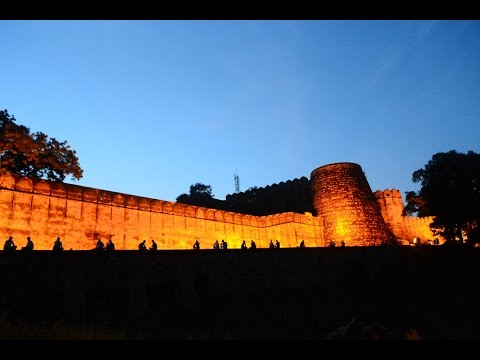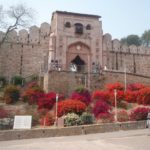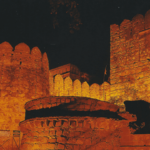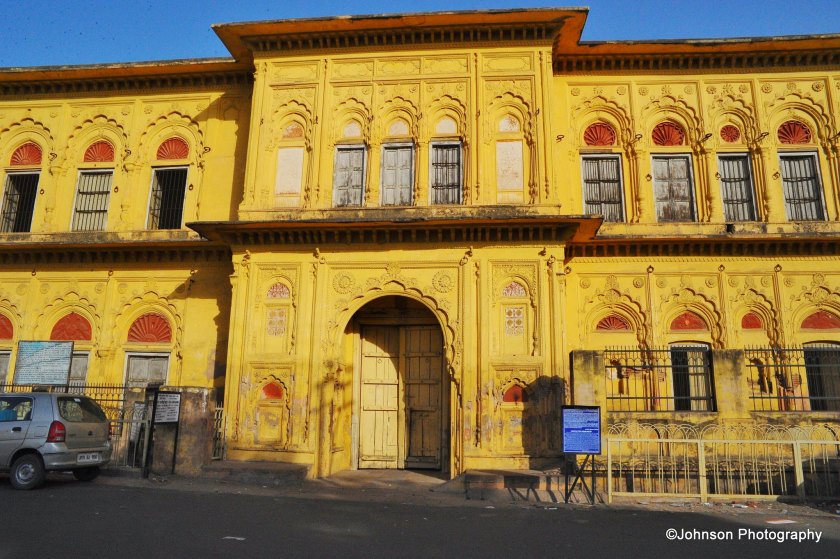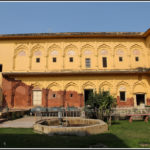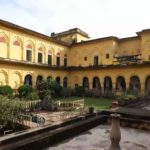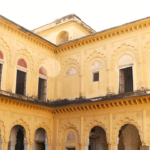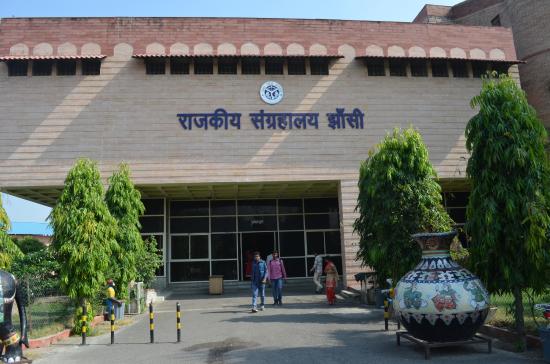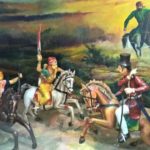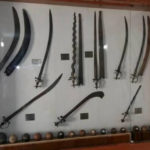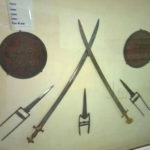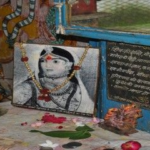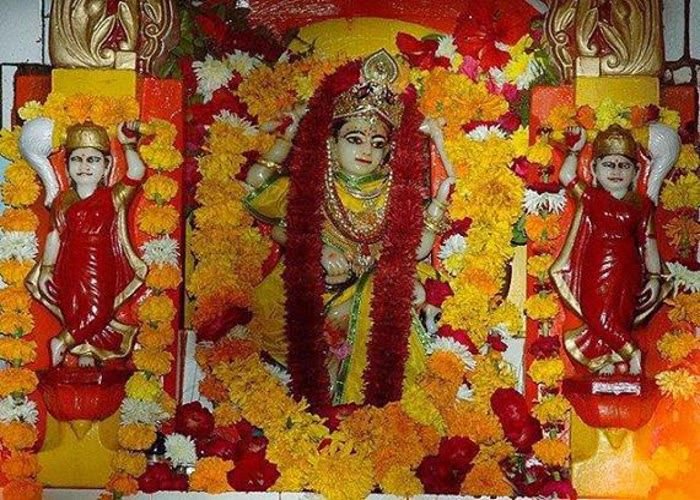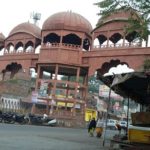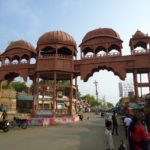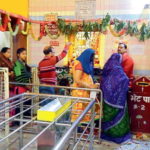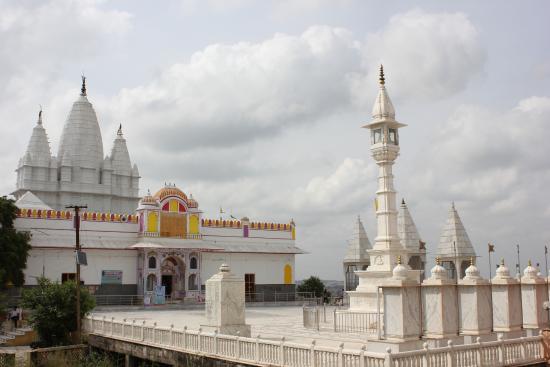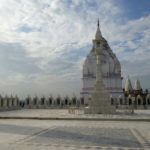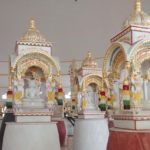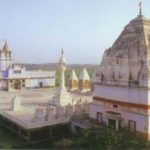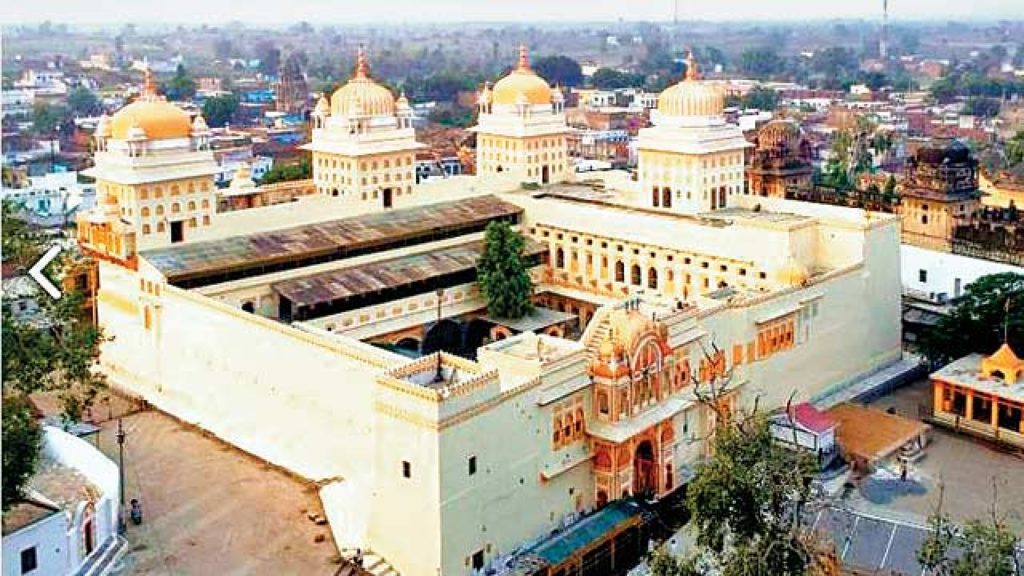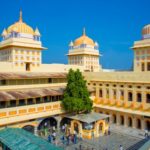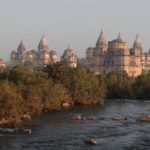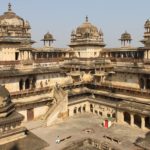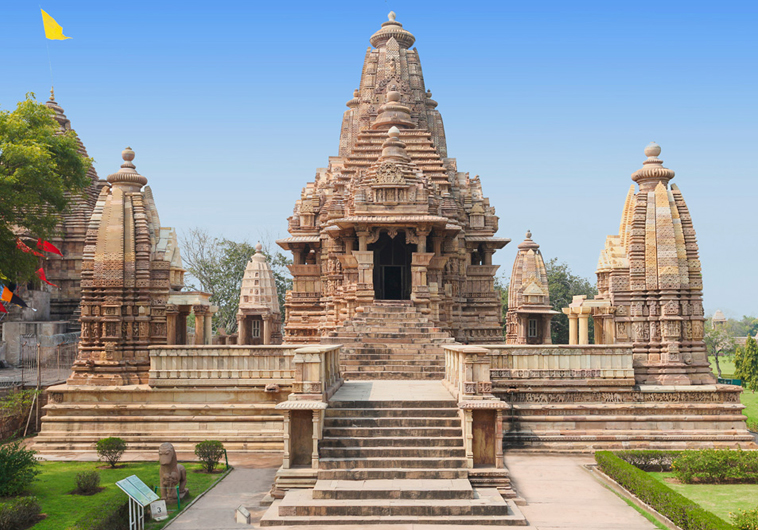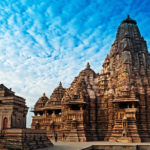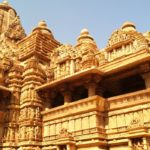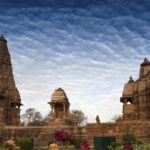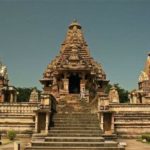Tourist Attractions
Jhansi is a historic city in the Indian state of Uttar Pradesh. It lies in the region of Bundelkhand on the banks of the Pahuj River, in the extreme south of Uttar Pradesh. Jhansi is the administrative headquarters of Jhansi district and Jhansi division. Called the Gateway to Bundelkhand, Jhansi is situated between the rivers Pahuj and Betwa at an average elevation of 285 metres (935 feet). It is about 415 kilometres from New Delhi and 99 kilometres south of Gwalior.
Jhansi is well connected to all other major towns in Uttar Pradesh by road and railway networks. The National Highways Development Project has supported development of Jhansi. Srinagar to Kanyakumari North-South corridor passes through Jhansi as does the East-West corridor; consequently there has been a sudden rush of infrastructure and real estate development in the city. A greenfield airport development has been planned. On 28 August, 2015 Jhansi was selected among 98 cities for smart city initiative by Government of India.
The construction of the Jhansi fort is ascribed to the Bundela Rajput chief and the ruler of the kingdom of Orchha Veer Singh ju Deo Bundela in 1613.It is one of the strongholds of the Bundelas. In 1728, Mohammed Khan Bangash attacked Maharaja Chattrasal. Peshwa Bajirao [3][better source needed] helped Maharaja Chattrasal defeat the Mughal army. As a mark of gratitude, Maharaja Chattrasal offered a part of his state, which included Jhansi, to Peshwa Bajirao. In 1742 Naroshanker was made the subedar of Jhansi. During his tenure of 15 years he not only extended the strategically important Jhansi fort (the extension is called Shankergarh), but also constructed other buildings. In 1757, after Naroshanker was called back by the Peshwa. The Rani Mahal is a royal palace in the city of Jhansi, Uttar Pradesh, India. The palace was built by Raghu Nath-II of the Newalkar family (1769-96). This palace later formed one of the residences for Rani Lakshmibai. Architecturally, it is a flat-roofed, two-storeyed building having a quadrangular courtyard with a small well and one fountain on opposing sides. The palace consists of six halls and parallel corridors with multi-foiled arches and a number of small rooms. The Darbar Hall, approached by a flight of steps, is beautifully decorated with paintings in bright colours exhibiting various floral, faunal and geometrical motifs. The arches are embellished with peacock and rosette patterns. The major part of it was damaged by British bombardment during the Indian Rebellion of 1857. Weapons, statues, dresses and photographs that represent the Chandela dynasty and a picture gallery of the Gupta period are the highlights of the museum. An exclusive gallery on Rani Laxmi Bai is a unique attraction. The Government Museum is situated in a very picturesque location in the heart of the city. The surrounding area has some beautiful parks. At one side, is Deen Dayal Sabhagar(city auditorium). Nearby you can see Vrindavan Lal Verma park, Open-air theatre, Rani Lakshmi Bai Park and ofcourse, a magnificent view of Jhansi fort. There is 1857 Mutiny Memorial on the way to the fort. It is a small park where 1857 mutiny has been depicted with statues that are made by metal scrap! The museum has a rich collection of sculptures, paintings, documents, etc. from different eras. A must see attraction during your visit to Jhansi, it will acquaint you with the history of the region. Shri Peetambara Peetha is one of the most famous temples of Baglamukhi which was established by Shree Swami Ji in 1920s. He also established the temple of goddess Dhumavati within the ashram. Dhumavati and Bagalamukhi are the two of the ten Mahavidyas. In addition to those, there are temples of Parshuram, Hanuman, Kal Bhairav and other god and goddess spread across the large area of Ashram. Currently the Peeth is maintained by a trust. There is a Sanskrit library which was established by the Pujyapaad, and is maintained by Ashram. One can get the books explaining the history of the Ashram and secret mantras of various kind of sadhanas and tantras. One of the unique feature of the Ashram is its endeavor to spread the light of Sanskrit language to young children, free of cost. Ashram conducts Sanskrit debates across the years. Sonagiri about 40 km from Jhansi, has scores of Jain temples of 9th & 10th century on little hills. It is located in the Datia district of Madhya Pradesh. This sacred place is popular among devotees & ascetic saints to practice for self-discipline, austerity and to attain Moksha According to Jain texts, since the time of Chandraprabhu (the 8th Teerthankar), five & half crores of ascetic saints have achieved moksha (liberation) here. This sacred place is much popular among devotees & ascetic saints. There is a rock cut image of Chandraprabhu dating back to 5th to 6th century. The Samavsharan of Bhagwan Chandraprabhu came here for 17 times. Nang, Anang, Chintagati, Poornachand, Ashoksen, Shridatta, Swarnbhadra and many other saints achieved salvation from here. This is the unique place known as Laghu Sammed Shikhar covering the area of 132 acres of two hills. There are 77 beautiful Jain temples with sky high spires, Temple No. 57 is main among them. Acharya Shubh Chandra & Bhartrihari lived and worked here for spiritual achievements. They completed here some texts also. On a seasonal island on the bank of the Betwa River, which has been surrounded by a battlement wall, stands a huge palace-fort. The fort consists of several connected buildings erected at different times, the most noteworthy of which is the Raja Mahal. The Ram Raja Temple is built on a square base and has an almost entirely plain exterior, relieved by projecting windows and a line of delicate domes along the summit. The Jahangir Mahal is built on a rectangular base and is relieved by a circular tower at each corner surmounted by a dome, while two lines of graceful balconies supported on brackets mark the central storeys. The roof is crowned by eight large fluted domes, with smaller domes between them, connected by an ornamental balustrade. The Jahangir Mahal is considered to be a singularly beautiful specimen of Mughal architecture. A point worth mentioning here is that the mother for Jahangir was also a Rajput, Jodha. It is with this in mind that the Rajput king of Orchha had built the Jahangir Mahal.There is a spectacular light and sound show in the evening hours in the Jahangir Mahal.the show basically lets us know about the history of the city orchha and the jahangir mahal.Chaturbhuj Temple is an old temple from the 9th century. The Khajuraho monuments are located in the Indian state of Madhya Pradesh, in Chhatarpur district, about 620 kilometres (385 mi) southeast of New Delhi. The temples are near a small town also known as Khajuraho, with a population of about 20,000 people (2001 Census). The Khajuraho group of monuments was built during the rule of the Chandela dynasty. The building activity started almost immediately after the rise of their power, throughout their kingdom to be later known as Bundelkhand. Most temples were built during the reigns of the Hindu kings Yashovarman and Dhanga. Yashovarman's legacy is best exhibited by The Lakshmana Temple. Vishvanatha temple best highlights King Dhanga's reign.Jhansi Fort
Jhansi Rani Mahal
Jhansi Museum
Pitambra Peeth
Sonagiri Temple
Orchha Temple
Khajuraho

